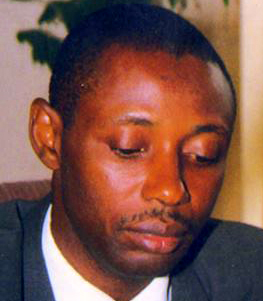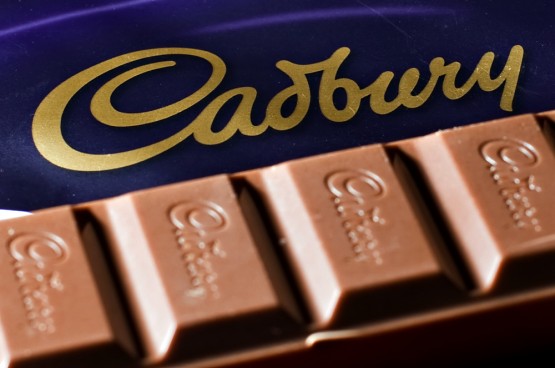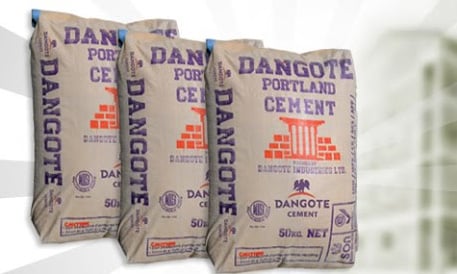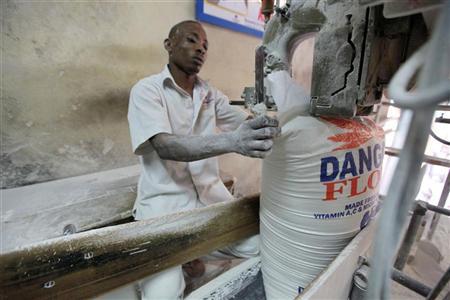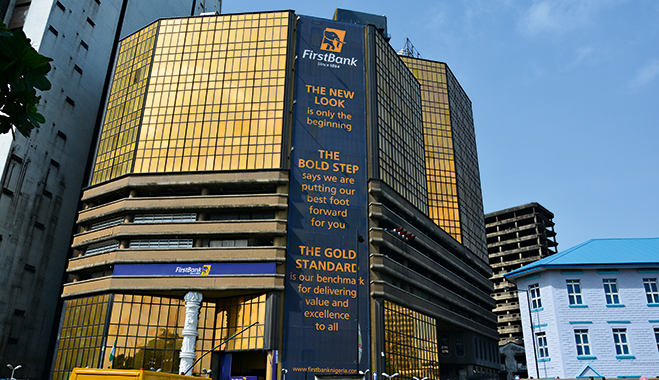Cadbury Nigeria’s high hopes for a profit rebound this year has faded, as rising cost of sales claimed the highest share of sales revenue the company has witnessed in several years at the end of the third quarter. There isn’t a sufficient room to pass on the increased cost to consumers by way of loading prices in the environment of declining consumer spending.
The beverage and confectionaries manufacturing company is presently facing the challenges of rising operating cost against constrained sales revenue. The bad combination put the company’s bottom line in the red at the end of September 2016, dashing the turnaround hopes it raised with the first quarter report.
A final quarter surprise isn’t ruled out yet for the company but the chance of returning to profit looks far fetched. A strong final quarter pulled a pleasant of surprise to shareholders last year when a marginal third quarter profit of N28 million multiplied to N1.15 billion at the end of the year. That was the company’s lowest profit in six years, which was expected to make a big rebound based on the first quarter performance.
All the major cost lines were under control in its first quarter but the story changed at the end of September. Cost of sales, swelled by the depreciation of the naira, slipped out of management’s grip and caused a net loss of N1.06 billion within the three months to September. That cleaned out the moderate profit figure at the end of the second quarter and left a net loss of N842 million at the end of the third quarter.
Advertisement
Except for the growth in cost of sales, other expense lines remain under control, which has enabled the company to moderate the impact of the cost increase on the income statement so far. Cadbury continues to operate with a debt free balance sheet, which shields revenue from the pain of high cost of funds and ensures robust cash flow.
Sales revenue was flat at N21.32 billion at the end of the third quarter, slowing down from the initial growth momentum in the year. The company seemed to be gaining market share in the first quarter with almost 6% growth in sales revenue. That looked promising that it could recoup the sales revenue it lost last year. Turnover had declined by about 9% to N27.82 billion in 2015 – the lowest turnover figure in several years.
Based on the performance at the end of the third quarter, the full year sales revenue projection is revised down from N30.2 billion to N28.6 billion for Cadbury Nigeria in 2016. This indicates that the marginal increase seen at the end of the third quarter is expected to be maintained to full year. Cadbury is a consumer facing company with beverages as its main product line, accounting for 60% of turnover. Its inability to grow sales reflects the declining aggregate consumer spending in the economy, which appears to be countering the favourable effect of the company’s product re-launch on sales.
Advertisement
The company’s cost-revenue relationship changed drastically in the third quarter, when gross profit came close to vanishing. Sales revenue amounted to N7.41 billion in the three months period to September, which is only slightly above the cost of sales figure of N6.98 billion for the same period. That has raised cost of sales from 67% of sales revenue in the same period last year to 94% in 2016.
On year to date basis, the company’s gross profit margin has dropped from 30% in 2015 to 21% at the end of September. This was insufficient to meet operating expenses despite that all the three main expense lines declined during the period. Selling & distribution expenses declined by 4.3%; administrative cost went down by close to 38% and other expenses dropped by over 50% year-on-year at the end of the third quarter.
Despite the cut down on costs, the company ended the third quarter with an operating loss of N1.03 billion, swelling from a marginal loss of N73 million in 2015. Cadbury has a big operating advantage of a debt free balance sheet and a zero finance cost, which has helped to limit its loss position.
On the other hand, finance income of N114 million turned its operating loss into a moderate profit at the end of the third quarter of last year. This year, finance income rose to over N185 million at the end of September and reduced the company’s net loss figure to N842 million.
Advertisement
The initially projected net profit figure of N2.5 billion for Cadbury Nigeria in 2016 is therefore unrealisable in the present circumstance. The company’s profit fell for the second year in 2015 and the outlook for 2016 is indicating a worse performance. Cadbury’s best year was 2013 when net profit rose by over 74% to a peak of more than N6 billion from a moderate increase in sales.
Seasonal sales in the final quarter may improve the company’s performance at full year though the prospects for returning to profit appear to be slim. If the cost-income ratio recorded in the third quarter is maintained to full year, a further erosion of gross profit can be expected. A stronger growth in sales revenue will have to be obtained for the company to prevent a further growth in the loss figure at the end of the year.
Loss per share amounted to 56 kobo at the end of the third quarter, dropping from earnings per share of 2 kobo in the same period last year. The company earned 61 kobo per share at the end of 2015.
Advertisement
Add a comment
